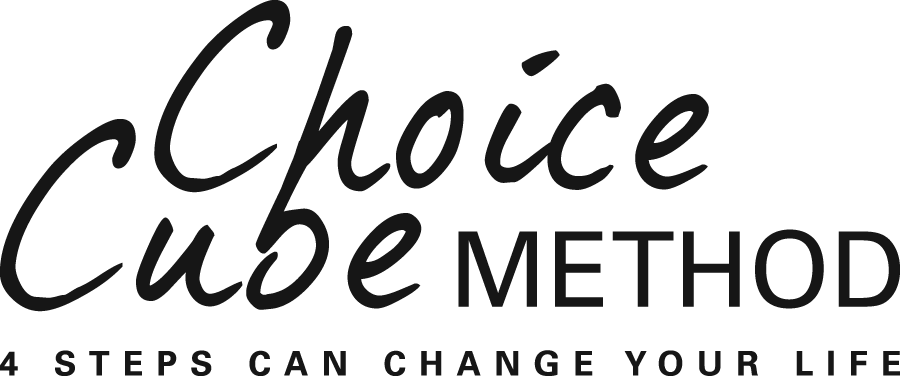4 Proven Steps For Change
/Hank was frustrated! He knew he should work things out with Franny, but he was so  tired of arguing that he just did not want to make the effort. Trying to work things out with her seemed impossible. What about you? Has life ever seemed a battle between what you knew you should do and what you were willing to do? Have you ever felt you were losing the battle and that there was no way to resolve an issue?
tired of arguing that he just did not want to make the effort. Trying to work things out with her seemed impossible. What about you? Has life ever seemed a battle between what you knew you should do and what you were willing to do? Have you ever felt you were losing the battle and that there was no way to resolve an issue?
ONLY THREE CHOICES The truth is that in every situation you have only three kinds of choices. And everything depends on the choice you make. You can try to avoid an issue. That's what Hank was doing. You can try to control it (use anger or try harder with no good results) or change and successfully resolve it.
It’s only natural to want to avoid or control an issue. Who wants to tangle with a snarling dog? But trying to avoid or control a snarling boss can lead to bigger and nastier problems. Problems start when we fail to resolve issues and get stuck trying to avoid or control them inappropriately.
Here's a important thought. With each choice we make, we program ourselves!
4 SIMPLE STEPS FOR CHANGE If we choose to take responsibility for what we think, feel, want, and do, we begin to change the only thing we can change. . .ourselves. Let's look at the following 4 steps that can help us make important changes and solve problems.
STEP 1: We recognize when, instead of wanting to resolve an issue win-win, we try to avoid it (go shopping, dump on a friend, just give up) or control it (be right, no compromise).
STEP 2: We manage our stress and express our emotions appropriately.
STEP 3: We think more clearly now because we have dealt with out stress and negative emotions. Now, we can see the pros and cons of the situation and focus on finding a solution to the problem instead of focusing on the problem itself.
STEP 4: We do something different and take honest, compassionate action.
THE CHOICE-CUBE METHOD CAN HELP You may want to look at the Choice-Cube Method’s tools and 4 key steps as one way to make wise choices and changes. The method is found in my book, Become the Person You Were Meant To Be - The Choice-Cube Method: Step by Step to Choice and Change. Click here to see inside the book.





